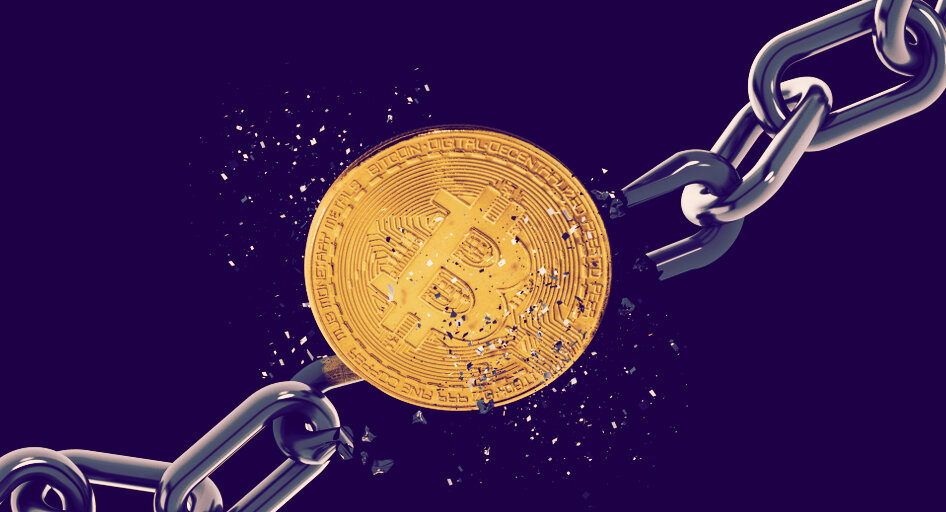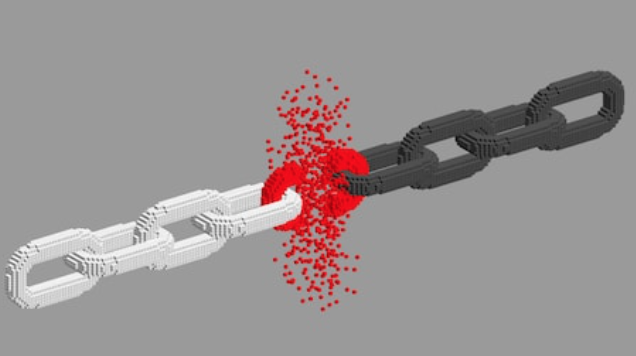Bitcoin Blockchain Sees Two Stale Blocks in One Day
Stale blocks appear on the Bitcoin blockchain every now and again. But two don’t usually appear so close together.
3 min read

Bitcoin saw two stale blocks on the blockchain yesterday, according to research by BitMEX Research, which publishes evidence-based reports on Bitcoin and other cryptocurrencies. The two stale blocks were found at height 650,473 and 650,491, respectively.
Stale blocks happen every now and again. A stale block happened in July earlier this year, and two more came in August. While they’re not particularly dangerous, then are a few ways they could slightly affect the network. But it’s rare that they come along quite this often.

Stale blocks sometimes appear on the Bitcoin blockchain. Image: Shutterstock.
Stale blocks don’t indicate anything disastrous on the blockchain, but they do indicate poor network propagation. In other words, a stale block “results in wasted work, lower proof-of-work, which can make the network cheaper to attack,” a spokesperson at BitMEX Research told Decrypt.
He added that stale blocks can “advantage larger miners, increasing centralization pressure.”
What are stale blocks?
Stale blocks are valid blocks that are nearly become part of the blockchain—but narrowly lose out. The Bitcoin blockchain operates on an underlying rule that the longest chain wins. As multiple, competing chains get blocks added to them, they increase in length, all competing to become the longest. During this contest, some blocks on a shorter chain can get left behind, creating stale blocks.
One of the potential risks of stale blocks is that they can give rise to double spending. On January 27, 2020, a $3 double spend occurred out of a stale block, the first stale block on the Bitcoin blockchain since October 2019. But it's very unlikely that it was a deliberate attack.
It isn’t likely that a double spend as a result of a stale block would be malicious in intent. Double spends do not typically offer large financial reward, making this a far from appealing vulnerability for bad actors. In addition, the distributed nature of blockchain technology means that an attack’s success would depend on controlling 51% of the network’s mining hash rate, making these kinds of attacks next to impossible.
Double spending as a result of stale blocks is unlikely to be done maliciously. Image: Shutterstock
Even still, double spending is not even that likely in the first place. “Stale blocks are quite rare, so probably not worth an attacker to keep trying to double spend in case they come along,” BitMEX Research told Decrypt.
There are many potential attacks to worry about in crypto, but the possibility of stale blocks isn’t one.
Get crypto news straight to your inbox--
sign up for the Decrypt Daily below. (It’s free).
Recommended News
Decrypt-a-cookie
This website or its third-party tools use cookies. Cookie policy By clicking the accept button, you agree to the use of cookies.
